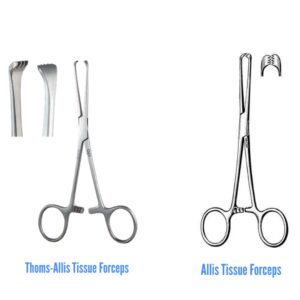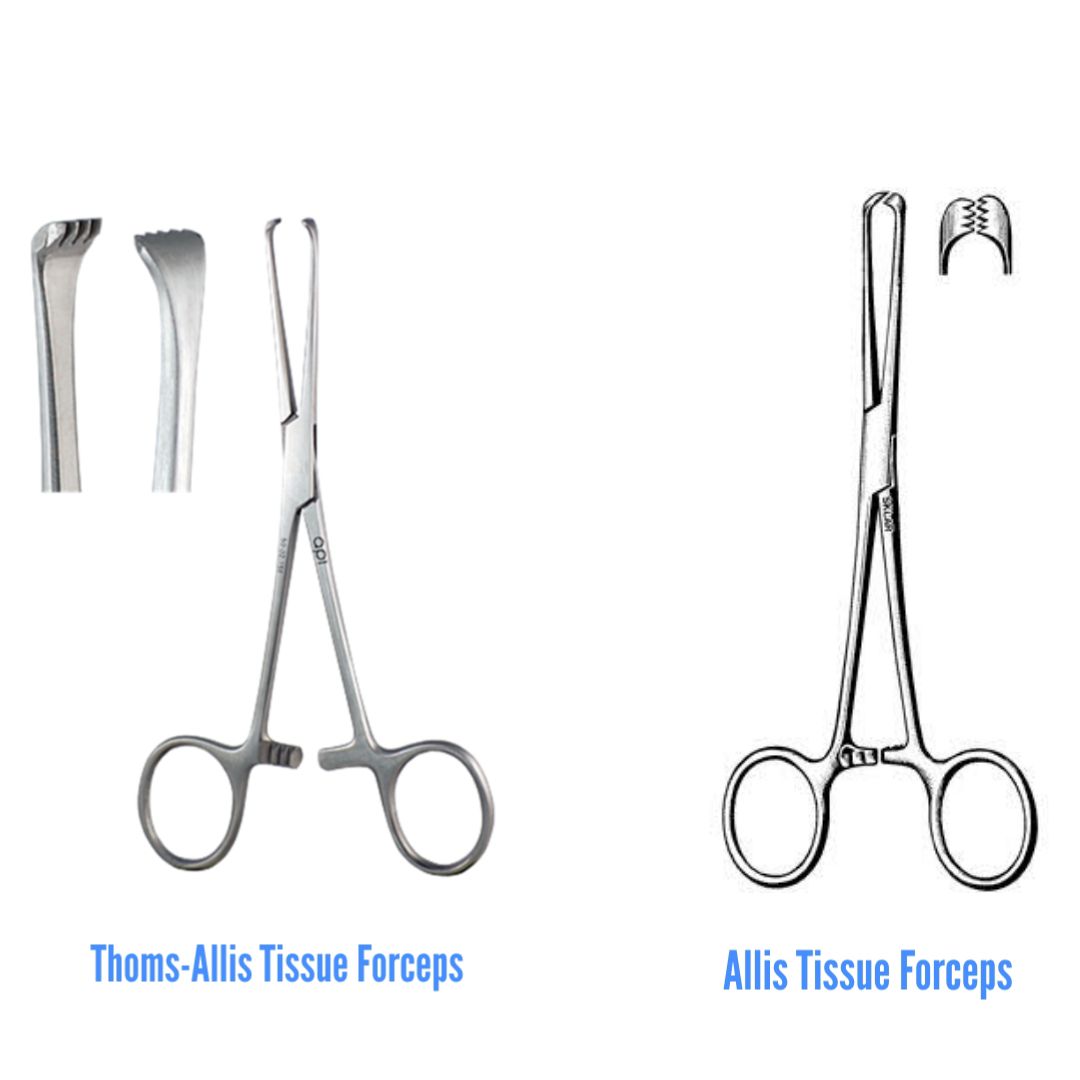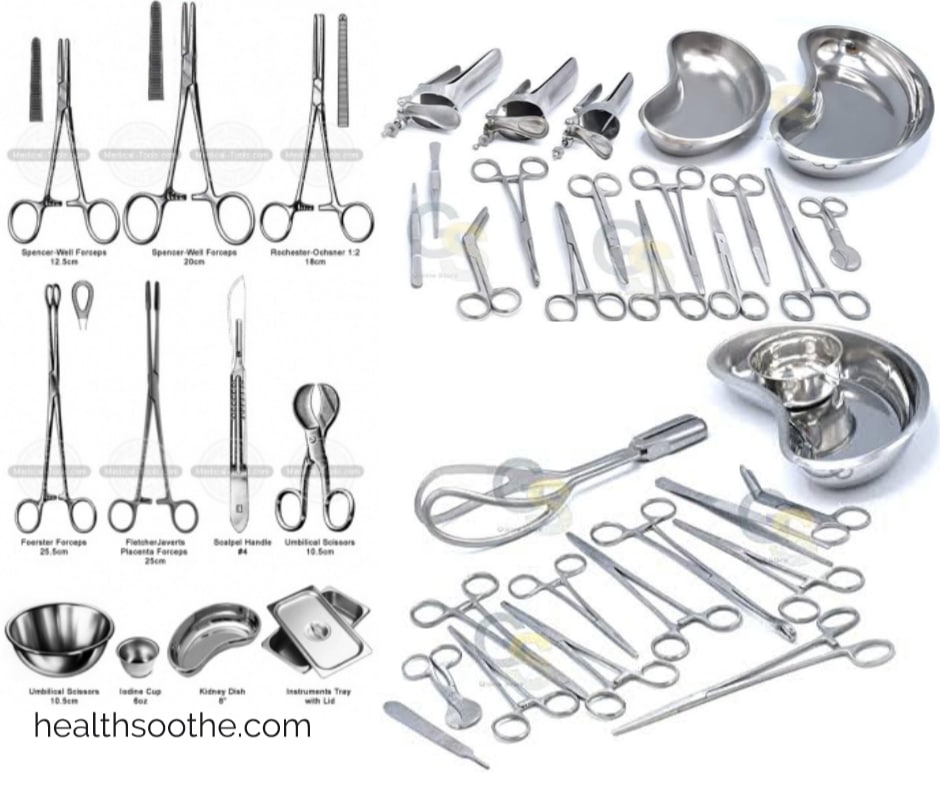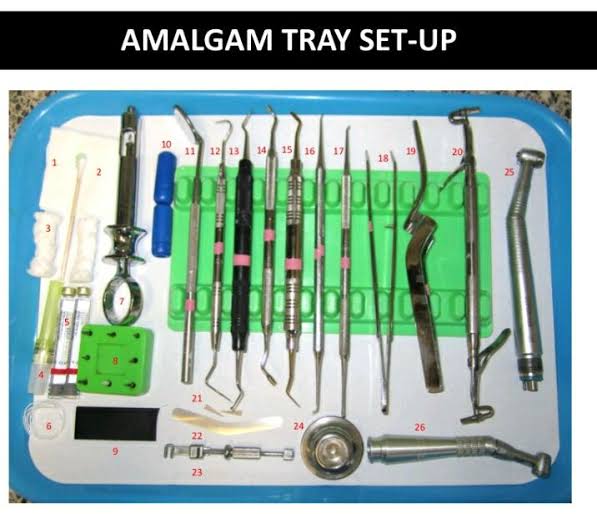Allis forceps or Allis Tissue Forceps are hinged, handheld medical instruments used to grasp or hold objects or tissue. Using the principle of levers, forceps can seize an object and apply pressure. Allis forceps also are known as allis clamp have inward-curving blades and a ratcheted handle. This design makes it ideal to grab fascia and tendons.
What is Fascia?
Fascia is a connective tissue layer or band, or fibrous tissue, surrounding the skin, blood vessels, muscles, bones, and nerves. Maintaining structure, providing support and serving as a shock absorber is an unbroken web. Also, the fascia is the second line of defence of the body against infection.

Here are some of the uses of Alli clamp or Allis Tissue Forceps
- Allis clamp is a surgical instrument that is used by the surgeon to hold or grasp heavy tissue.
- It is also used to grasp fascia and soft tissues such as breast or bowel tissue.
- Allis force is used to grasp the cervix to stabilize the uterus, such as when an intrauterine device is being inserted. Source
What is a tendon?
A tendon is another type of fibrous connective tissue. Its main purpose is to connect the muscle to the bones. This connection enables the muscles and tendons to work together to exert a force in order to move the body.
- Related: Deaver retractor and their uses
Allis forceps shapes and sizes
Allis forceps are available in various shapes and sizes. There are even modular and one-piece models available. The shape size and type of blade depends on the surgical procedure’s type. Most Allis forceps are made of high-grade steel that can withstand multiple uses of repeated sterilization techniques.
Allis forceps come in sizes usually from delicate to ten inches (25.4 cm) or just over five inches (12.7 cm). The size of the blades and teeth can vary as well. The variety in sizes makes it possible to use the Allis forceps in a number of different surgical procedures.
Types of forceps
There are two types of forceps locking forceps and non-locking.
Non-locking forceps can come with a hinge at one end, similar to a pair or tweezers, or hinged in the middle, similar to a pair of scissors.
Locking forceps can be hinged in the middle or close to the grasping end. These forceps are used when it is appropriate to secure the surface to be grasped into a position.
Typically, Allis forceps are designed with tight jaws or blades. These non-traumatic teeth-like structures make it possible to hold the tissue firmly without damage. It also allows retraction or rotation of the tissue.
When attempting surgical procedures on internal organs, retraction of the fascia is often necessary. It enables unimpeded viewing and allows clear access to the underlying structures.
Allis forceps provide surgeons with the freedom to access internal organs and structures with minimal tissue damage.
Conclusion
These forceps are capable of capturing, holding, moving or locking a tissue in a specific position so that the surgeon can concentrate on the surgical area. The locking and non-locking types provide more options and flexibility for surgeons








